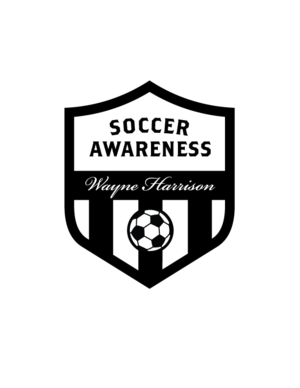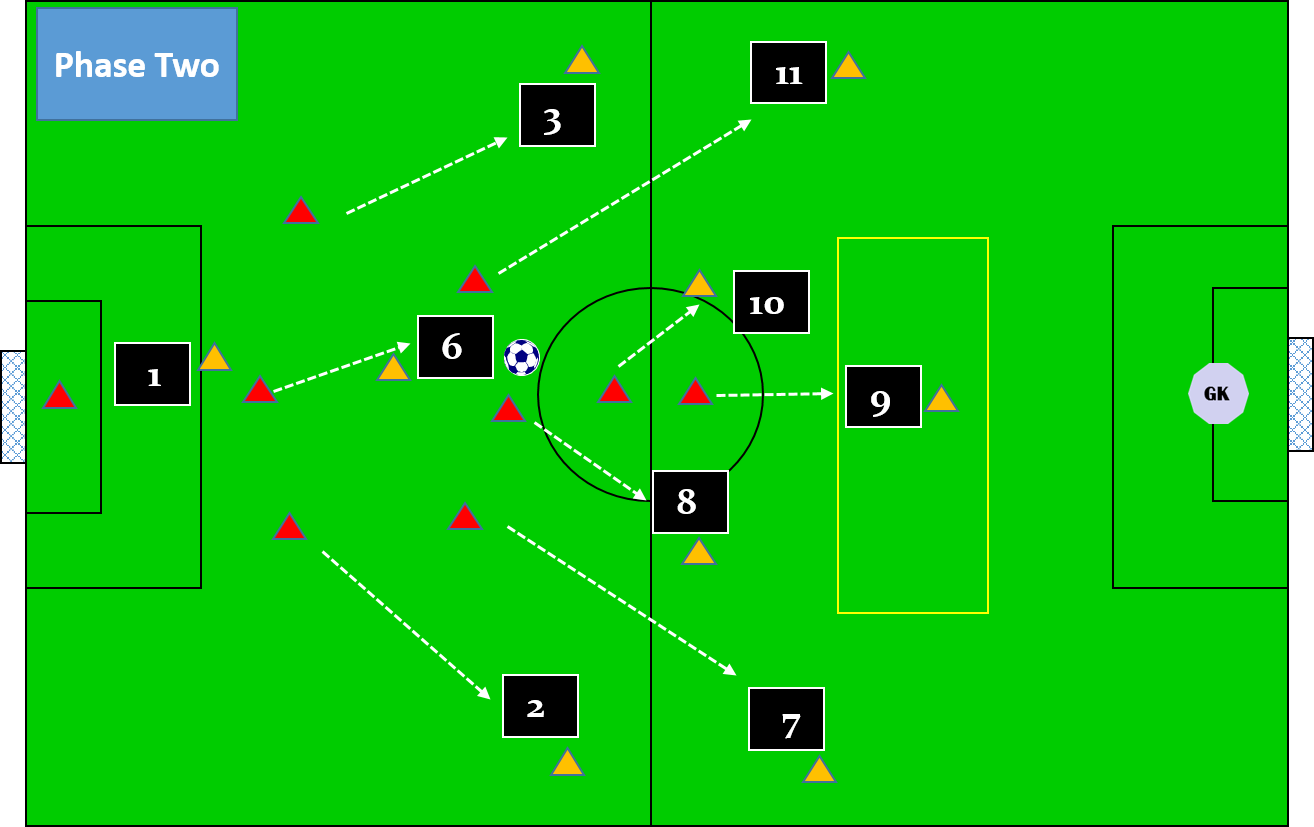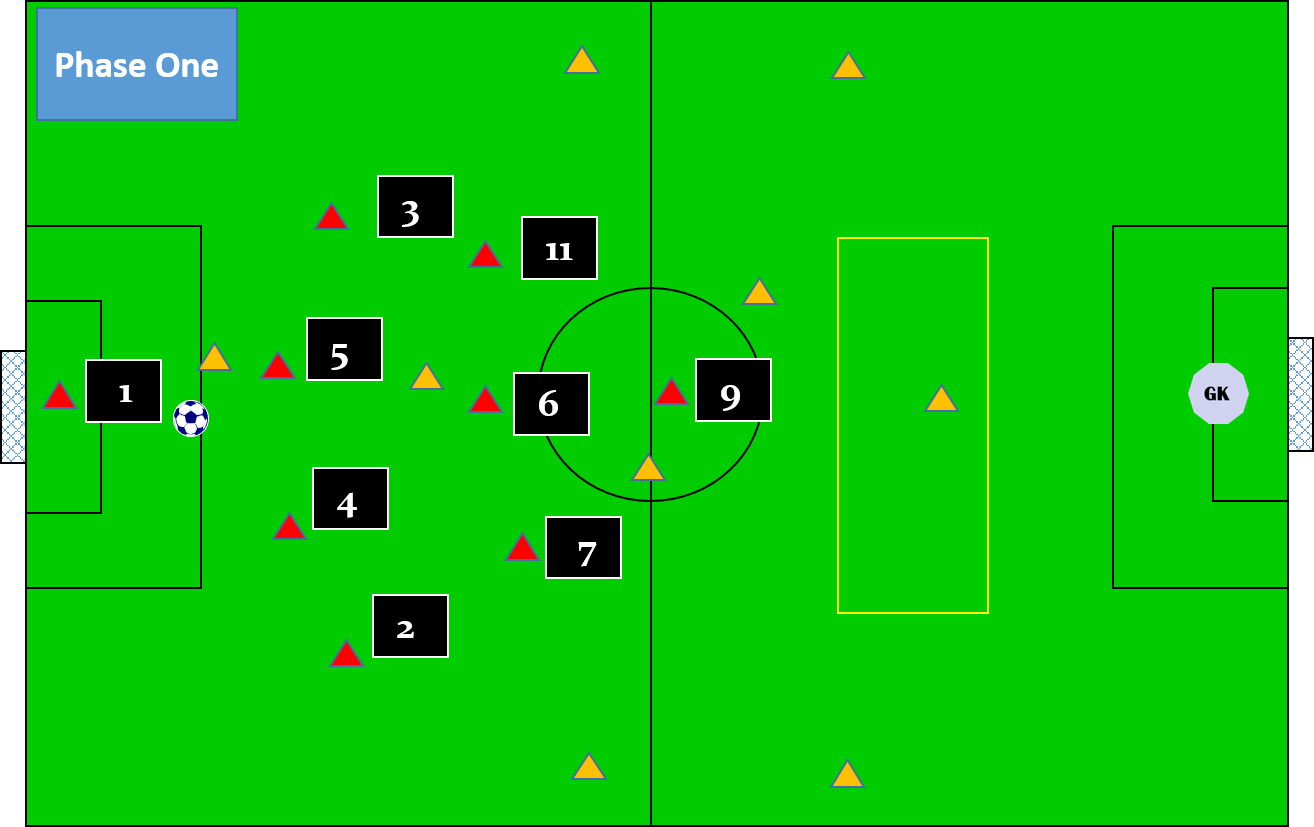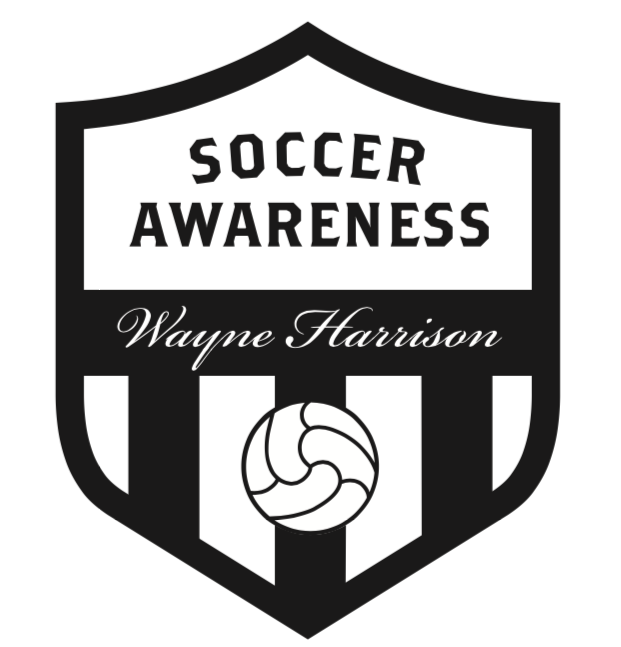The Roles and Responsibilities of Each Player in 9 v 9
/The following is a preview of Soccer Awareness eBook: Tactical Thoughts on the Development of the New 4 v 4, 7 v 7 and 9 v 9 Game Sizes.
This 407 page eBook shows how these different size games can be taught and also shows different systems of play that might be useful to you. Run with them as you may and of course come up with your own solutions too as that is what coaching is all about. I have introduced the use of RONDOS to initially aid the development of players for the game situation. Click Here to Buy the Book
Here we are looking at players 1, 2, 3, 6, 7, 8, 9; 10 and 11 of the 11 v 11 and we will look at them in this particular formation of 1-3-3-1-1. You could of course use different formations at 9 v 9 but I'm basing it on this one because it’s closer to the set up of the 11 v 11 so it transitions easily into it. You could argue also of course that it depends which 11 v 11 you use as to how it transitions; which would also be correct. But then if we evaluated every permutation then this book would be a 1000 pages long but I will at least offer two examples with a back 3 and a back 4!
So I am working off the fact this will transition into a 1-3-3-1-3 or a 1-4-2-3-1 because the 1-3-3-1-3 is the attacking shape of the 1-4-2-3-1 anyway (that’s another book of which I have two written to explain each formation also). Now (2) And (3) have (7) and (11) in front of them to help both in defense and in attack. We want them to get up and down the field as our wide outlets and building relationships with each other, (2) two with (7) and (3) with (11).
(6) Can still be compared to center backs (4) and (5) in their roles though in a more attacking minded way in the way I believe we can play. (6) is also STILL playing a more characteristic Number (6) role as in the 11 v 11 team. (8) Is like a link midfield player and (10) is the shadow striker in behind (9) the central striker in a truer sense of the word than at 7 v 7. In this set up the shadow striker has perhaps slightly less defensive duties than the shadow striker in the 7 v 7 did due to the positioning and higher number of players on the team.
Defensive positioning is more in front (8) than beside of (8) as it would be in the 7 v 7. (9) Plays the traditional striker role. We have previously covered the roles of 1, 2, 3, 6, 8, 9, and 10 in the 7 v 7 and their roles are very similar to the 9 v 9 so we will just address the wide players (7) and (11) and some pertinent relationships between players in the 9 v 9.
Team shape from defending to attacking in 3-3-1-1 preparing for a back three at 11 v 11
Defensive shape is at the red triangle cones. Attacking shape at yellow triangle cones.
Team shape attacking in 3-3-1-1 preparing for a back three at 11 v 11
Defensive shape is at the red triangle cones. Attacking shape at yellow triangle cones.
Team shape from defending to attacking in 4-3-1 getting prepared for a back four at 11 v 11
Defensive shape is at the red triangle cones. Attacking shape at yellow triangle cones.
Team shape attacking in 4-3-1 getting prepared for a back four at 11 v 11
Defensive shape is at the red triangle cones. Attacking shape at yellow triangle cones.
The Roles of (7) and (11)
Technical:
- Speed with the ball
- Control of the ball - first control – great first touch
- Crossing Ability – cross with pace: on the ground or by air, with a curve out of the reach of the goalkeeper and between the goalkeeper and defenders. Where to Cross can depend on the position of goalkeeper, defenders and attackers (to the near post, to the far post, the pull back, beyond the far post)
- Also dribbling inside and outside to shoot at goal or to cross
- Passing ability
- Scoring - balls on the floor - balls in the air
Tactical: In Possession
- With ball - speed control with the ball
- Positioning- always in a position to receive, open stance, and facing towards the goal, and as open as possible
- Know how to choose (when and where) - Cross, 1 to 1 dribble; when to pass, when to shoot.
- Understanding of when and where to break outside to inside.
Tactical: Out of Possession
- Orientation: Movement off the ball - to attack - to defend
- Communication - with their peers and with respect to the opponent
- Attitude to close spaces as a team player
- Ability to press and hold the position.
Psychological
- Disciplined and responsible - make the field as large (and deep) as possible
- Orientation. Will work for the team - on offense - on defense: close spaces and prevent deep passes
- Confidence - Create actions for goals - Passing and crossing
Physical
- Speed - in short, medium and long distance - technical in speed (with great coordination)
- Endurance
- Change of pace - be able to play at three different speeds.
- Ability in Passing and Crossing; Dribbling; Shooting ability; Heading Ability.
ATTACKING (55%)
Depending on the way the coach plays the 4-2-3-1 the types of players in these roles may be quite different team to team. A more defensive minded coach may use defensive midfield players here, an attacking coach may choose wingers here which would produce totally different effects with the same system. Or, the coach may pick certain players in these positions based on what the opponents will play like.
A big part of the switch is the role of the wide players. Rather than stay wide (which would hamper the ability of the full-backs to get forward), they narrow and become almost a conventional front three with the lone striker (9). This has the effect of narrowing the opposition defense, as their natural markers (full-backs) follow them into the centre.
Tactical Understanding / Game Intelligence: So, wide players must be comfortable drifting into the centre of the field and coming inside not just being skilled going outside and crossing as is the traditional role of the wide player. Therefore they must be better all round players than the traditional wide player (whether it be a defensive minded or attacking minded player, now it is best if they can be good at both).
Of course, this opens up a huge amount of space on the flanks, which the full-backs can exploit. This presents a further problem for the defending team, as their wide midfield players are suddenly charged with almost a solely defensive job. If the attacking full-backs get to the byline and the defending wide midfielders track them all the way, the defending team will end up with something approaching a flat back six.
Opposites: An added advantage is a right footed player who can play on the left and cut inside and have a good shot, and vice versa. They attack the fullback inside, and they have an advantage from this as they cut inside onto their strongest foot and inside against the fullback’s weakest foot; attacking the left backs right foot; and the right backs left foot.
Shooting and Crossing: having the ability to shoot on goal. Traditional wide players usually are good at crosses and tended to stay wide, the modern wide player has to be better at so many more skills than previous generation’s of players. So; they need the ability to stay wide and cross the ball and the ability to cut inside and shoot at goal.
DEFENDING (45%)
Understanding: Must defend in front of their respective fullback and develop a defensive relationship with them. This player can defensively cover for the fullback attacking. Must have a good tactical understanding to be able to combine with his fullback and know when and where to cover for him; when the fullback breaks forward.
Recovery: Recovery runs are vitally important for this player in this system of play. When recovering they can become a part of a defensive four in midfield.
1 v 1: Must be good at 1 v 1 defending
The relationship between (9) and (10)
ATTACKING:
They must develop a good understanding of movement off the ball to compliment each other. Interchanging of positions can cause much confusion in the opponents defense; and so they have to develop good mutual timing of this movement.
Angled positions off each other will help them in a supporting capacity.
At the same time they will link up together and form a formidable unit of two.
Generally (10) is positioned behind (9) but it can be the reverse at different moments in the game to confuse defenders.
DEFENDING:
They can help each other by pressing as a unit high up the field. Better to work as a pair if it is possible with early pressing of opponents with the reward of winning the ball in an area they can often shoot immediately on goal.
The relationship between (7), (9) and (11)
ATTACKING:
When we attack these three form a three pronged attack. The 1-3-3-1-1 becomes a 1-3-1-1-3 and often the two wide attackers tuck in to support the central striker (9), they may do it at the same time, to form a three; or, depending on which side of the field the ball is on, one will tuck in to form a two pronged attack. These three may interchange to confuse the defenders they are playing against.
They need a good understanding of how to work as a three and also a two, and when to tuck in and when to stay wide.
Barcelona again show this perfectly with the interchanges of Messi, Suarez and Neymar with no real set positions for any of them, they have the freedom to interchange and move around which makes it very difficult for each defender to know who to pick up.
DEFENDING:
The central striker (or whoever is filling that role at the time between the three strikers) must be the first line of defense.
Usually the two wide attacking players drop back to form a midfield three with the central midfielder (8) and tuck back into a 3-3-1-1 defensive team shape.
There again when the time is right they will press as quickly as possible wherever the ball is.




















This eBook shows how these different size games can be taught and also shows different systems of play that might be useful to you.
The idea I am trying to cultivate is to find a pattern of development that goes from 4 v 4 to 7 v 7 all the way through 9 v 9 to 11 v 11 that educates the players VERY EARLY on how to ultimately play the 11 v 11, a common thread running right through the book.